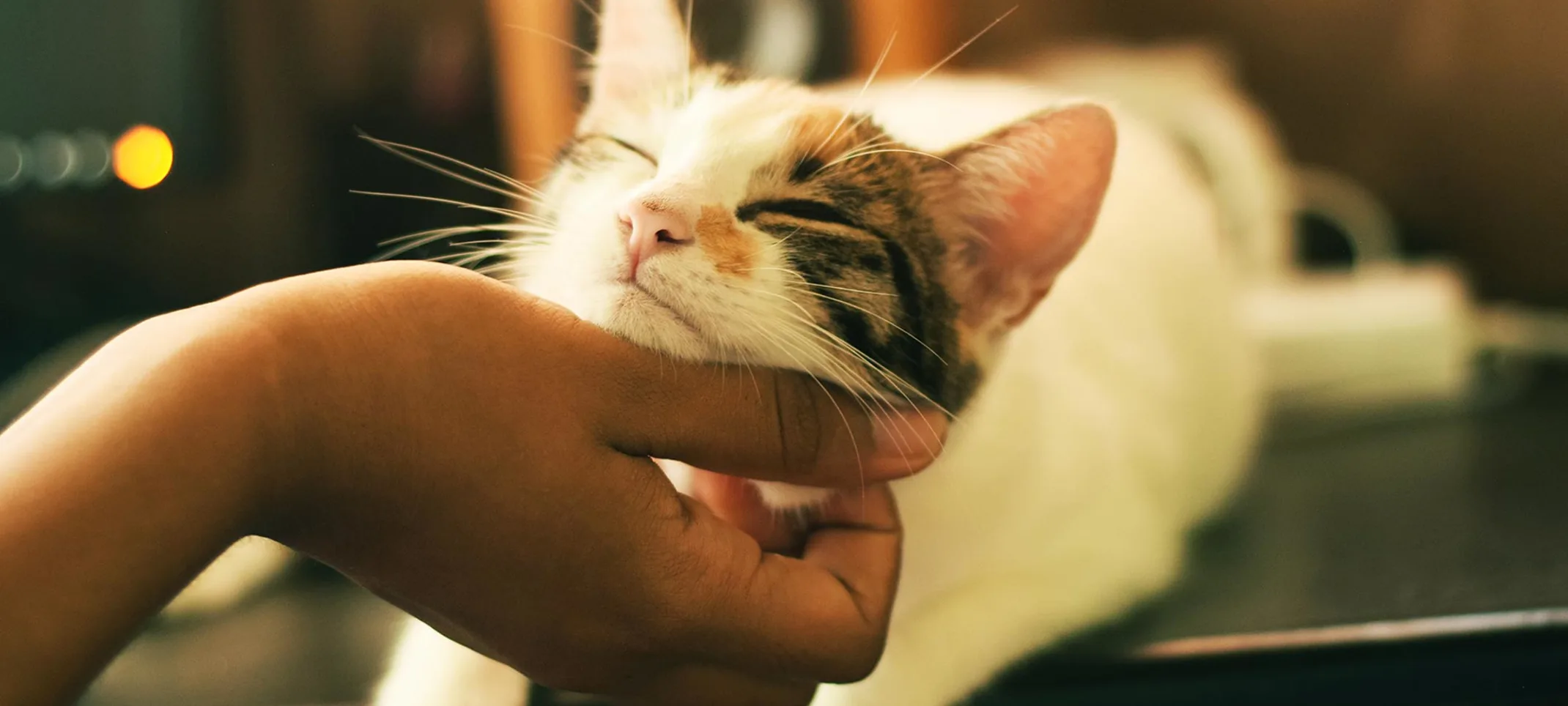Summer Street Cat Clinic
Cardiac Ultrasounds (Getzville, NY Location Only)
A cardiac ultrasound also known as an echocardiogram, is a sonogram of the heart.

Overview
A cardiac ultrasound also known as an echocardiogram, is a sonogram of the heart. This advanced type of diagnostic imaging is beneficial for many reasons. The procedure is non-invasive, painless and there is no radiation involved. Sedatives are not required for most patients; however light sedation may be used to help your cat lie comfortably while the scan is being performed. Most cardiac diseases can be diagnosed with echocardiography and an appropriate treatment plan can be determined.
What does Cardiac Ultrasound tell us?
Echocardiography is a great diagnostic tool that allows the ultra-sonographer to visualize the heart and its structure. It can determine: the size of the heart, the thickness of the heart walls, the shape of the heart, the pumping capacity of the heart, the location of possible damage to the heart tissue and/or tumors, any abnormalities in the pattern of blood flow or any possible blood clots, any possible abnormalities in the heart valves, as well as any possible abnormalities of the pericardium (sac surrounding the heart).
How does cardiac ultrasound testing work?
Ultrasound technology uses sound waves that are produced by a transducer (located inside a probe that is pressed gently against the skin of the patient). These focused waves travel through the body and are reflected or echoed back to produce an image that is displayed on the monitor for your veterinarian to view and evaluate.
Why does my cat need a cardiac ultrasound?
There are many diagnostic tools to evaluate your cat’s heart health; each type of diagnostic can tell different things about the heart. The cardiac ultrasound will show the actual physical condition and structure of the heart, as well as blood flow throughout the heart. It can discriminate between the blood-filled cardiac chambers and soft tissue structures of the heart. A cardiac ultrasound also has the benefit of allowing your veterinarian to evaluate the heart in action, in real time (unlike in radiographs, which only allows for a still image to be taken).
Do I need to withhold food, water, or medications overnight?
Normally, you would not need to withhold food or water from your cat before the appointment for a cardiac ultrasound. Medications should also generally be given to your cat as normal. However, your veterinarian may ask that you withhold food, water, or medications for your appointment under special circumstances. Please ask your veterinarian for specific recommendations for your cat.
What happens when my cat has a cardiac ultrasound?
The cardiac ultrasound is performed in a dimly lit room. The room is dim not only to give your veterinarian a better view of the ultrasound image, but it also helps in providing a calm environment for your cat. To get the best possible diagnostic view of the heart, your cat may need to be shaved in the chest area, as the veterinary ultrasound images are of better quality if they have complete contact with the skin. A gel and/or alcohol will be applied to your cat’s chest and on the probe. The gel and alcohol are non-toxic and water soluble. They are used to allow the sound waves to better penetrate the chest wall. The probe is then gently applied to your cat’s chest, and the 2-dimentional ultrasound image is then viewed on the screen by your veterinarian, who will thoroughly evaluate your cat’s heart. The procedure takes approximately 20-30 minutes in most cases. After evaluating all the information, your veterinarian will then be able to make any recommendations on treatment, medication, and/or further diagnostics.
